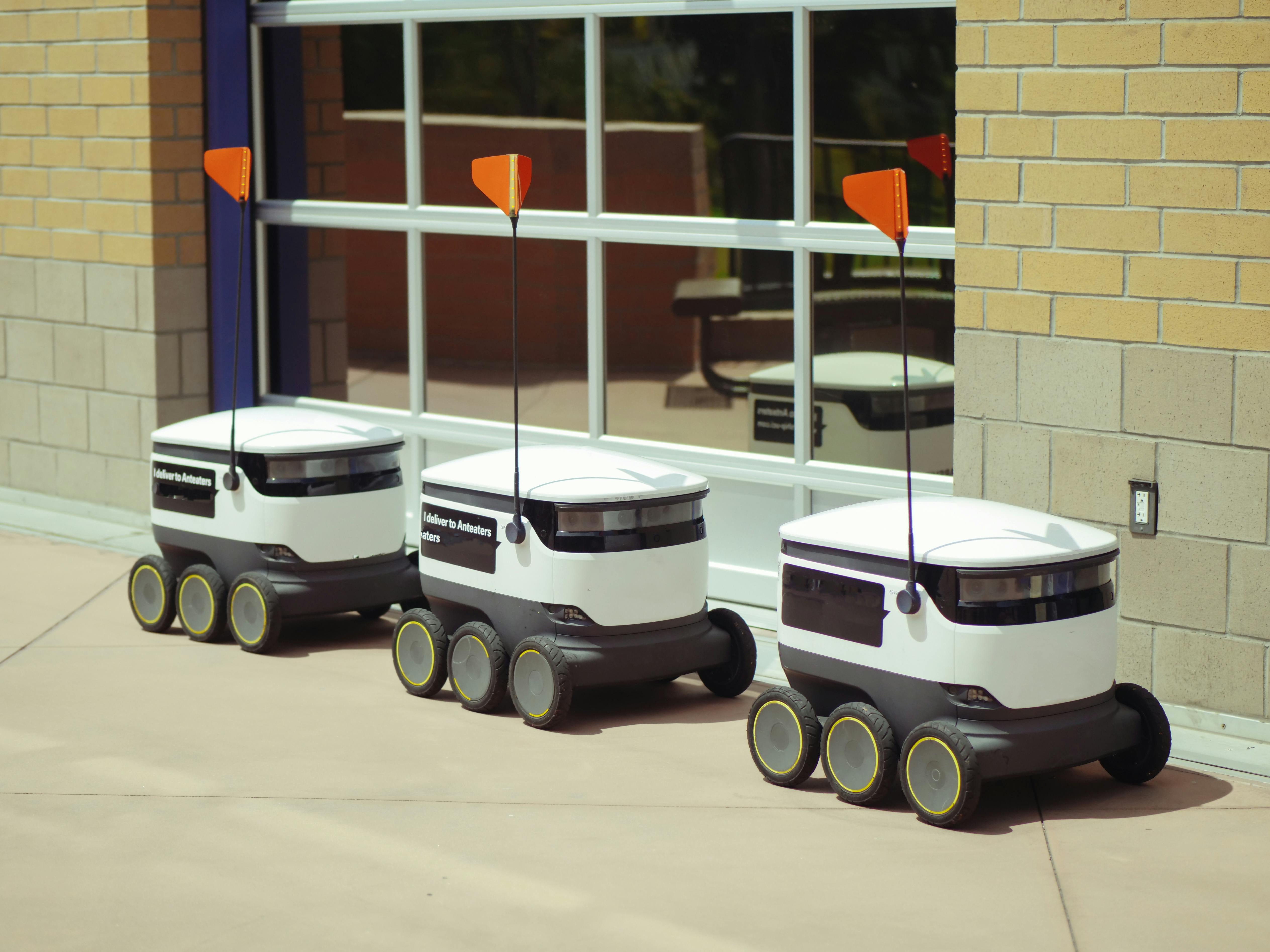From Concept to Reality: The TMS Journey
Building a comprehensive Transport Management System (TMS) that truly works in the real world is no small feat. Despite my 10+ years of experience as a logistics consultant, I discovered that transforming industry knowledge into effective software solutions brought unique challenges that pushed our team to new levels of innovation.
When we began developing our TMS, we had ambitious goals: create a system flexible enough to adapt to diverse logistics operations while powerful enough to handle complex tasks from carrier management to automated shipment planning, all with an intuitive interface that logistics professionals would genuinely want to use.
"In logistics, there's often a significant gap between theoretical optimality and practical usability. Our mission was to bridge that gap with technology that actually enhances rather than complicates daily operations."
The Theory-Practice Divide
One of our greatest challenges was reconciling textbook logistics theory with the messy realities of day-to-day operations. Every logistics company has its own unique processes, terminology, and priorities that have evolved over years of practical experience. These differences aren't just superficial - they reflect real business needs that our system needed to accommodate.
I found myself repeatedly going back to basics, investigating exactly why companies operate the way they do, and translating these practical realities into technical specifications that our development team could implement. This process of translation between logistics expertise and technical requirements was both challenging and fascinating.
For example, what logistics professionals call "cross-docking" can mean distinctly different operations at different companies - from simple transfer between vehicles to complex sortation processes with temporary storage. Our system needed the flexibility to handle these variations without forcing users to adapt to our predefined workflows.
Early Adopters: Valuable Partners in Development
Our first clients weren't the easiest to please - and I wouldn't have had it any other way. Their complex requirements and high expectations pushed us to develop a more robust system from the start.
These early adopters became invaluable partners in our development process. Their willingness to provide detailed feedback and test new features in real production environments helped us identify and solve problems that would have been impossible to anticipate in a controlled development environment.
We implemented a rapid feedback loop where client observations could quickly turn into feature enhancements. This approach allowed us to iterate much faster than traditional development cycles and created a sense of partnership with our clients that continues to drive our development today.
Comprehensive Solutions, Agile Development
Today, our TMS offers virtually everything logistics operators could wish for - from carrier management and rate comparisons to automated planning, document management, and comprehensive analytics. The system integrates seamlessly with other enterprise systems while providing the specialized tools that logistics professionals need.
One of our greatest strengths is our ability to quickly add new capabilities when needed. If a client identifies a missing feature that would improve their operations, we can typically implement it rapidly without disrupting existing workflows. This agility sets us apart from more rigid enterprise systems that require lengthy development cycles for even minor enhancements.
Some of our most popular features started as custom requests from individual clients before becoming part of our core offering. This client-driven innovation ensures that our features solve real-world problems rather than just looking good in demos.
The Human Element in Logistics Technology
Throughout our development journey, we've maintained a focus on the human element of logistics. The best technology doesn't replace skilled professionals - it amplifies their capabilities and frees them from repetitive tasks so they can focus on higher-value work.
Our interfaces are designed with this philosophy in mind, providing powerful automation while maintaining transparency and user control. We've found that logistics professionals are much more likely to embrace systems that enhance their expertise rather than attempting to replace it.
"The most successful logistics technologies aren't those with the most features, but those that best understand and support the way people actually work."
Looking Forward: Continuous Innovation
As we continue to evolve our TMS, we're focusing on several exciting directions:
- Deeper integrations with adjacent systems like warehouse management and customer portals
- Enhanced analytics that provide actionable insights rather than just data visualization
- Mobile capabilities that extend system access to drivers and field personnel
- AI-assisted decision support that learns from both system data and user decisions
The logistics industry is changing rapidly, with growing emphasis on sustainability, real-time visibility, and adaptability to disruption. Our TMS will continue to evolve to meet these challenges, always guided by close collaboration with the logistics professionals who use our system every day.
The journey from concept to fully-featured TMS has been challenging at times, but the results have exceeded our expectations. By bridging the gap between logistics theory and practice, we've created a system that delivers real value in the complex world of modern transportation management.


